How and when to sow, grow and care for coriander before winter
Coriander (cilantro) is a spicy herb that is very popular among gardeners. They practice growing cilantro for early greens, sowing seeds before winter. The culture is cold-resistant, so there are no problems with light spring cold snaps, the seeds winter well in the soil. Knowing the rules of agricultural technology will help you grow a good harvest of greens (cilantro) and seeds (coriander).
Content
- 1 Preparing a site for planting cilantro
- 2 Predecessors
- 3 Coriander varieties
- 4 Sowing cilantro seeds in open ground
- 5 Planting dates for coriander
- 6 How to collect seeds
- 7 Presowing seed preparation
- 8 When to sow coriander
- 9 How to sow cilantro outdoors
- 10 Features of landing before winter
- 11 Rules for feeding coriander in the garden
- 12 Diseases and pests
- 13 Harvesting cilantro
Preparing a site for planting cilantro
Two weeks before planting, preparatory work begins. Determine the location, analyze the composition of the soil, remove roots and all plant debris. If the predecessor culture suffered from fungal diseases, the soil is treated with a fungicide.
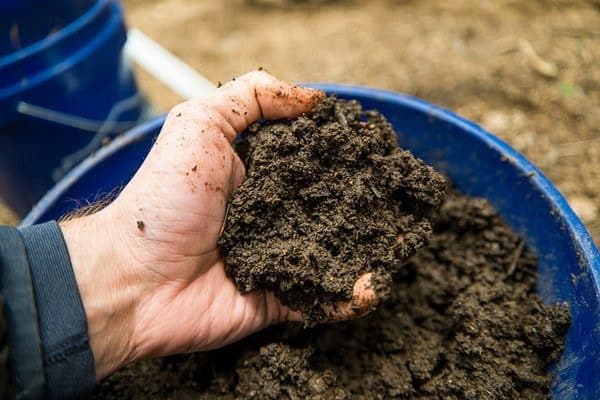
Priming
During the pre-sowing soil cultivation, it is worth analyzing its mechanical composition and acidity level. Coriander develops and matures normally, yielding a good harvest, on light, loose soil.
Light loam and sandy loam are ideal. The structure of heavy soils needs to be worked on while preparing the ridges for planting. Add sand, peat, compost. The proportions and type of additive depend on the quality of the soil in the garden. Depleted soil is enriched by:
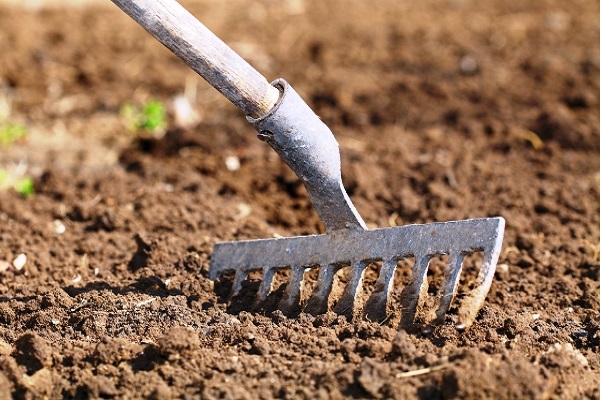
- organic (0.5 buckets per 1 m²);
- superphosphate (1 tsp);
- potassium nitrate (1 tsp).
The acidity level of the coriander is important. It grows well if the soil is neutral to moderately acidic.
Area illumination
Light exposure directly affects the content of essential oils in fruits. Coriander is a culture that needs light for full development. When landing in the shade:
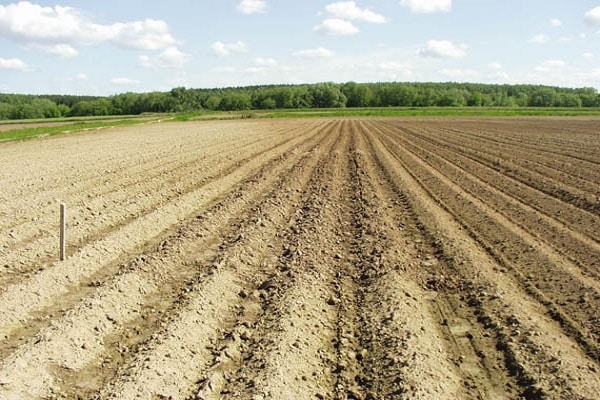
- fruits ripen slowly;
- the harvest is small;
- the percentage of essential oil in the seeds is low.
A sunny area is a prerequisite for a good harvest. Lowlands are not suitable for planting, especially when sowing seeds before winter. They, not having time to ascend, will get wet. It is preferable to cultivate the crop on level and elevated surfaces.
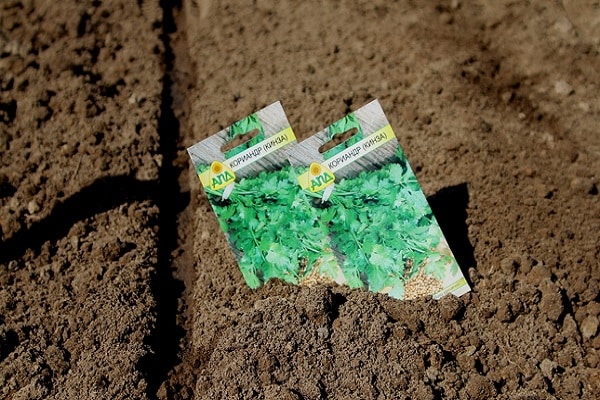
Predecessors
Any garden crop that has been organic will be a good precursor to coriander. The spice feels great after cucumbers, all types of legumes, cabbage and potatoes. The fragrant herb goes well with spicy herbs (cumin, anise), it has a good effect on the growth of vegetables (cucumbers, zucchini, cauliflower).
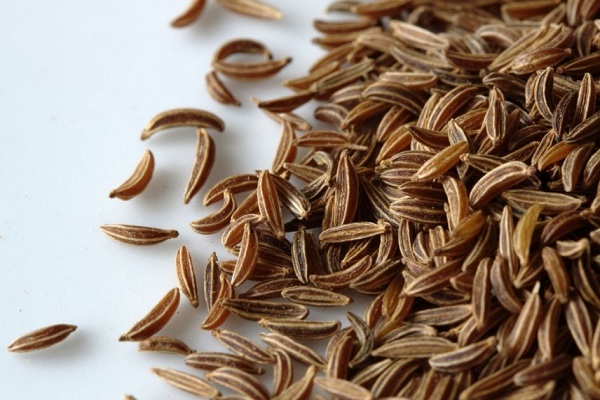
Coriander varieties
Mass cultivation of coriander is carried out in the North Caucasus, Ukraine and the southern regions of the Russian Federation.Amateur gardeners plant cilantro everywhere; its fragrant greens can be found among summer residents of Yakutia. When choosing a variety, you need to carefully read the description.
Vegetable varieties are used to obtain greens, they bloom late. Early-maturing varieties, quickly entering the flowering time, are sown for harvesting seeds and preparing essential oils.
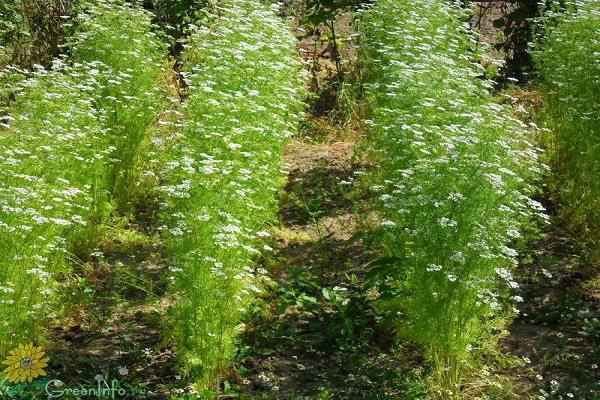
Popular vegetable varieties of cilantro
Vegetable varieties include coriander varieties, in which flowers form later, this allows you to get more greens for cutting. Among summer residents, varieties are considered popular:
- Amber;
- Borodinsky;
- Taiga.
Amber is good for its late shooting and early abundant greenery. Cutting can be done one month after germination. Coriander Borodinsky pleases summer residents with juicy fragrant leaves. It can be used on greens after 1-1.5 months, and the seeds ripen in 90 days.
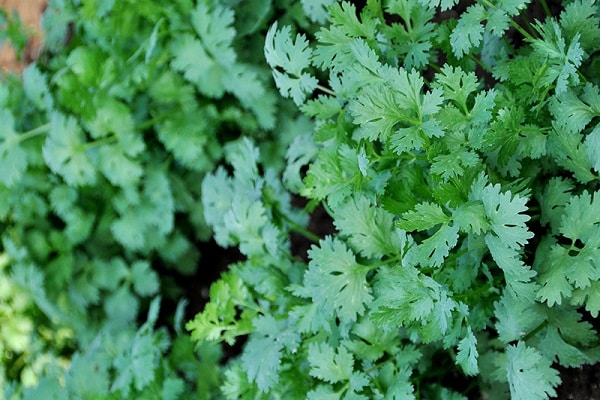
Taiga is a very popular late ripening variety. As cilantro, you can use it after 1-1.5 months. Leaves are brightly colored, thick, fragrant. They serve as a great addition to various dishes.
Coriander varieties
Any variety can be sown to produce coriander seeds. When planting in autumn, seedlings appear early, the fruits ripen successfully in all weather conditions. For early spice production, you can sow the early maturing Debut variety, its characteristics:
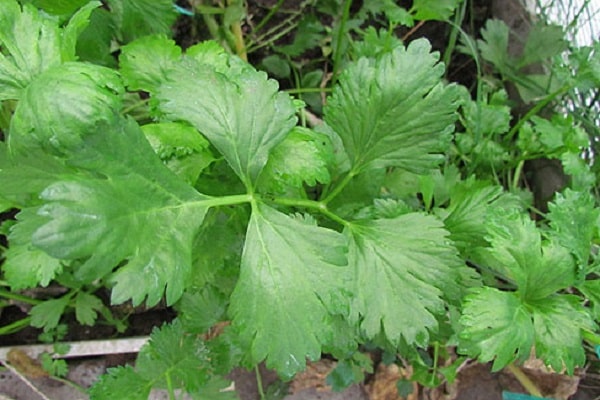
- matures in 1.5 months;
- socket height 29 cm;
- socket weight 25 g.
The variety is good because in a short time you can get greens for dishes from meat, fish, as well as spicy seeds for adding them to sauces, baked goods, marinades.
It is worth paying attention to the mid-season Stimul variety. It can be sown before winter or early spring. It forms well leafy rosettes weighing up to 45 g. From ripened fruits, an excellent seasoning is obtained. Stimulus is also suitable for harvesting greens, it can be sown every 2 weeks until July 15 and cut off after 1-1.5 months.
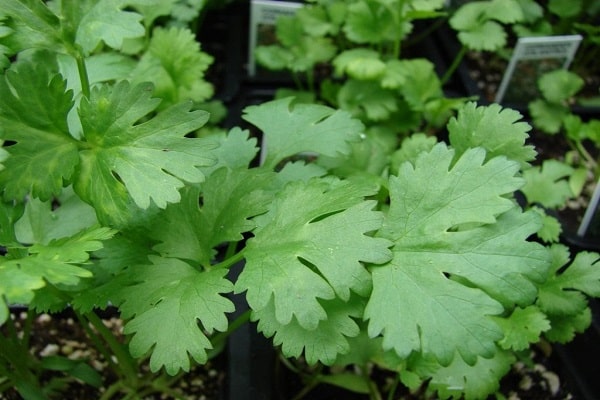
Sowing cilantro seeds in open ground
It is not difficult to grow a good harvest from quality cilantro seeds. This culture does not require sophisticated technology. Most gardeners practice planting with dry seeds (before winter, early spring) or treated with growth stimulants (in spring, summer).
To obtain early production, propagate with seedlings. Sowing for seedlings is done in February, using separate cups, seedling boxes. The soil is taken from the garden. The grown sockets are planted in open ground when frosts have passed and the soil warms up. If there is a threat of recurrent frosts, the seedlings are covered with covering material for the night.
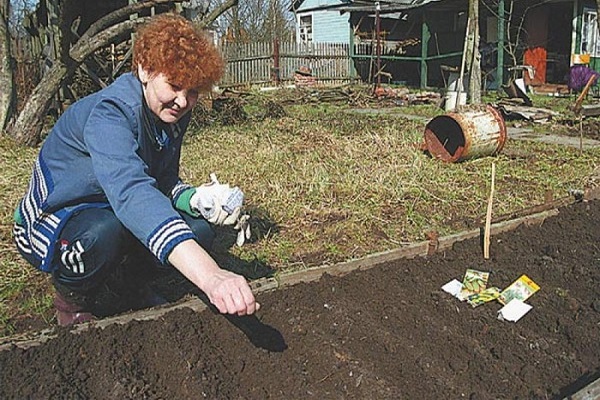
Planting dates for coriander
When choosing a variety, you need to pay attention to the characteristics and ripening period. It is possible to grow coriander for an early harvest by sowing early ripening varieties, their seeds ripen after 30 days. Harvesting of mid-ripening varieties begins in 35-40 days, late-ripening varieties - after 45-50 days.
Planting dates depend on the variety and weather conditions. You can sow in open ground before winter and from April to July. If the main purpose of planting is to obtain greens, then from April to mid-July, cilantro is sown every 2 weeks.
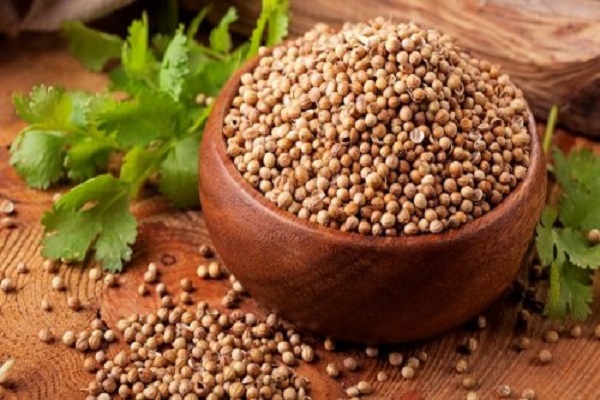
How to collect seeds
The seeds begin to ripen at the end of August. The harvesting period lasts until mid-September. If you do not remove all the plants, then next year the seeds that have fallen into the ground will sprout. This must be taken into account when harvesting. Coriander culture is cold-resistant and propagates by self-sowing even in Siberia.
The readiness of seeds for harvesting is determined by their color. You can start harvesting when 60% of all fruits become brownish brown. In the morning or in the evening, the bushes should be cut at soil level, collected in bunches and dried hanging in the shade (attic, shed, shed). You can thresh the seeds in 7-10 days and use them in cooking or for autumn-spring plantings.
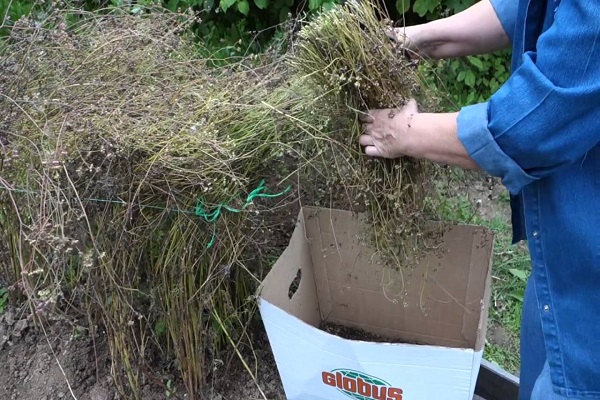
Presowing seed preparation
For planting, ripe seeds are used that have not expired. Germination is maintained for 2 years. Sowing is carried out with dry seeds, they do not require additional treatments. All pre-sowing treatment is reduced to visual inspection and rejection of unripe seeds, they are easy to distinguish by smell, it resembles the smell of bedbugs.

When to sow coriander
In greenhouses, the first sowing is carried out in February or March, the exact time depends on the temperature of the soil and air. You can expect the appearance of peduncles on the 40th day after the emergence of sprouts. With a later sowing (May, June), flowering occurs earlier.
For planting a crop for seeds, the ideal time for planting outdoors is early spring or autumn. With late sowing, the number of seeds decreases and the volume of greens increases. Cilantro belongs to plants with long daylight hours and when it decreases (July-September), plant growth slows down, the number of arrows decreases.
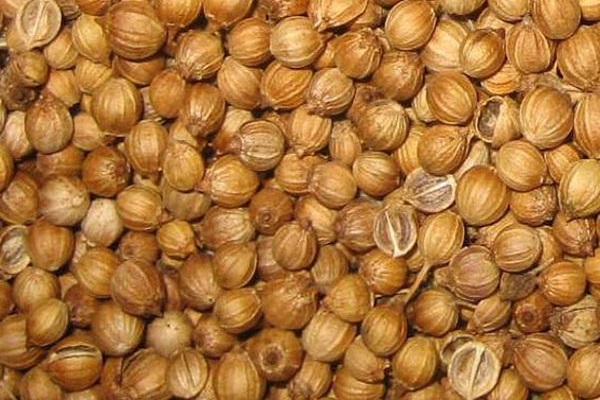
How to sow cilantro outdoors
Recommended seed consumption 1.5 g / m². You need to plant to a depth of 1.5-2 cm. Different sowing methods are allowed:
- into furrows;
- scattered;
- into the hole.
When planting in rows, maintain a line interval of 15 cm. When planting in a spread of 1 m², 2.5 g of seeds are randomly scattered. The wells are formed, observing a step of 10-15 cm, 3 seeds are placed in each. The soil must be moist before sowing.
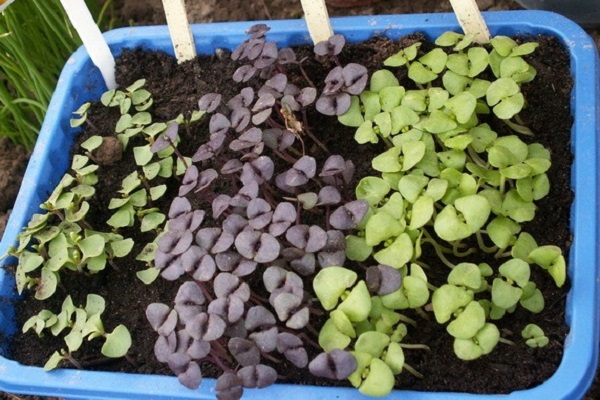
Features of landing before winter
The timing of planting cilantro before winter depends on the region, it usually coincides with the end of Indian summer. Warming can cause seed germination, which is undesirable. In the fall, use the usual planting methods, the same as in the spring and summer. The main difference is dry soil. Do not water the furrows before planting.
Care
Care when growing for seeds and greens is the same: removing weeds, loosening row spacings, watering and periodic thinning. Planting in rows with the optimum row spacing makes maintenance easier. At the same time, you can remove weeds and loosen the soil using a garden tool (flat cutter, loosener).
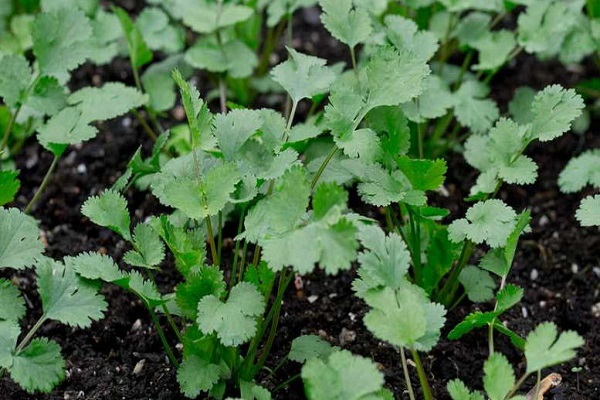
Thinning sprouts
As the seedlings appear, it is necessary to monitor their density. Without thinning, densely packed plants will be weak with few leaves and seeds. Thinning of crops is carried out periodically, maintaining an interval between shoots of 6-9 cm.
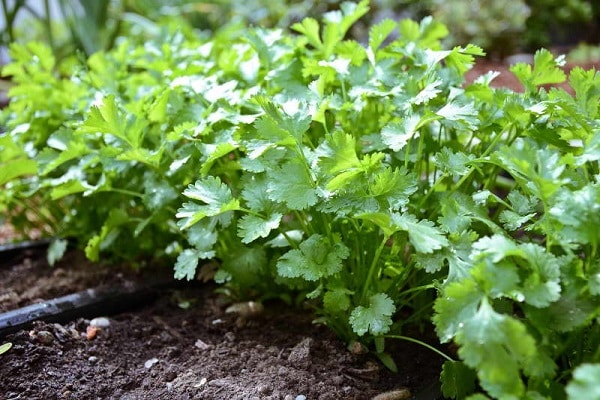
Watering features
Soil moisture affects product quality. A common reason for the early shooting of coriander is a long-term lack of moisture in the soil. Wet and loose soil is the main condition for growing luscious greenery. During the rains, watering is stopped, since there is enough natural moisture in the soil.
| Growth phase | Consumption for 1 m² |
| Before and after emergence | 3 to 5 l |
| Active growth of the aerial part | 8 l |
| Ripening of seeds | 2 l |
Rules for feeding coriander in the garden
When growing coriander, all fertilizers are applied before planting. When planting before winter, humus and mineral fertilizers containing potassium and phosphorus are introduced into the soil before digging. In the spring, before germination, the soil can be watered with a liquid solution of urea at a standard concentration of 1 tbsp. l. on the bucket. Coriander grows on well-fertilized soil without additional fertilizing.
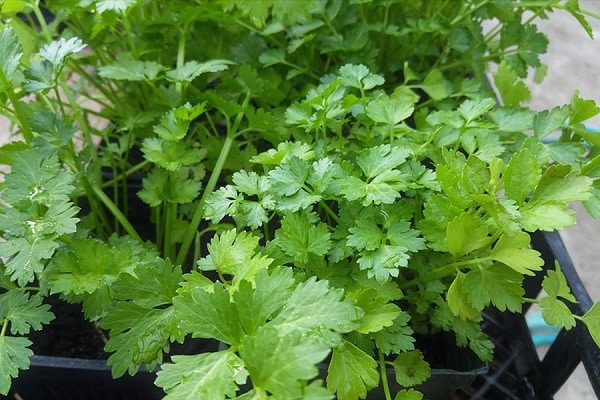
Diseases and pests
There are not so many diseases from which the planting of cilantro suffers, but during the period of prolonged rains and with frequent dews in the morning, you can be left without a crop. Coriander ramularia can be the cause. The causative agents of the disease can infect the plant throughout the growing season.
The first signs of ramulariasis appear on the leaves (brown spots).
The further development of the disease is accompanied by damage to the entire aerial part: stems, umbrellas, buds, flowers, fruits. If the period of the disease coincides with the flowering of coriander, then up to 80% of the crop is lost. Before the formation of stems and the appearance of buds, the planting can be treated with fungicides.During flowering, all treatments are stopped, since the plant is a good honey plant.
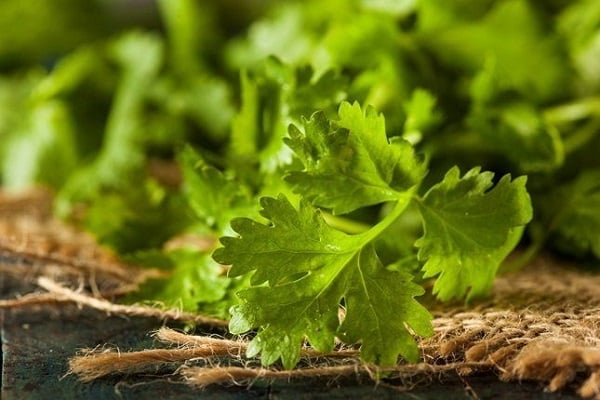
With increased soil and air humidity, cilantro can be affected by powdery mildew. The fungus affects the aerial part. When the first symptoms (white bloom) appear, you can get by with the folk method - treat the plants with a soap and soda solution. When using chemistry, greens should not be eaten while the effect of the drug lasts. Of the pests it is worth fearing:
- bedbugs;
- seed-eaters;
- winter scoops;
- umbrella moth;
- wireworm.
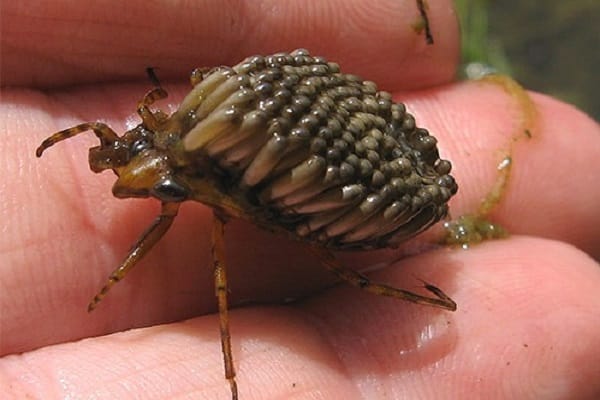
Harvesting cilantro
Cilantro is grown for fresh consumption, drying, freezing. It is necessary to sow seeds several times over the summer in order to get 2 or more crops from one plot. The greens grow back quickly, suitable for consumption and for harvesting before flowering. A sharp garden knife is used for harvesting greenery, cutting it 2-3 cm from the ground.
Important! In order for the plant to release new greens, the top leaves must be cut off, leaving the entire bottom of the coriander intact.
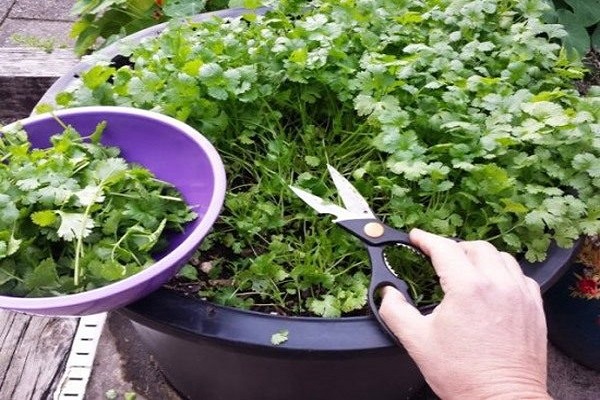
Spicy herbs are dried in the shade. Stored in crushed form. A hermetically sealed container is used. Dry cilantro retains useful properties and essential oils for no more than a year. Greens are stored longer when frozen (2 years). Before freezing, it is washed, dried, crushed and scattered into containers.
The harvest of cilantro (coriander) will be excellent if all recommendations for choosing a planting site, soil preparation and care are followed. All summer long there will be fresh, fragrant greens on the table for fish, meat and other dishes, and from August to September it will be possible to collect coriander seeds.

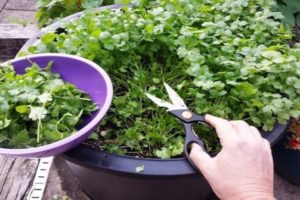
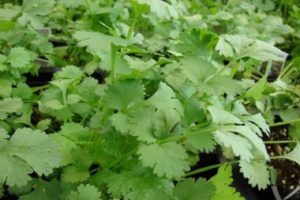
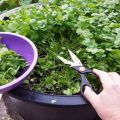
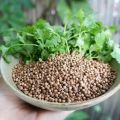
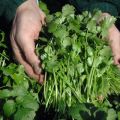

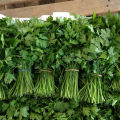
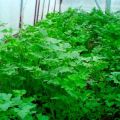
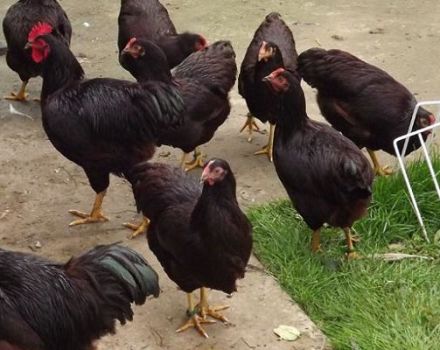

VERY HELPFUL CULTURE, IT IS NOT DIFFICULT TO GROW, FRIENDLY VISITS, RICH HARVEST, SPICY!